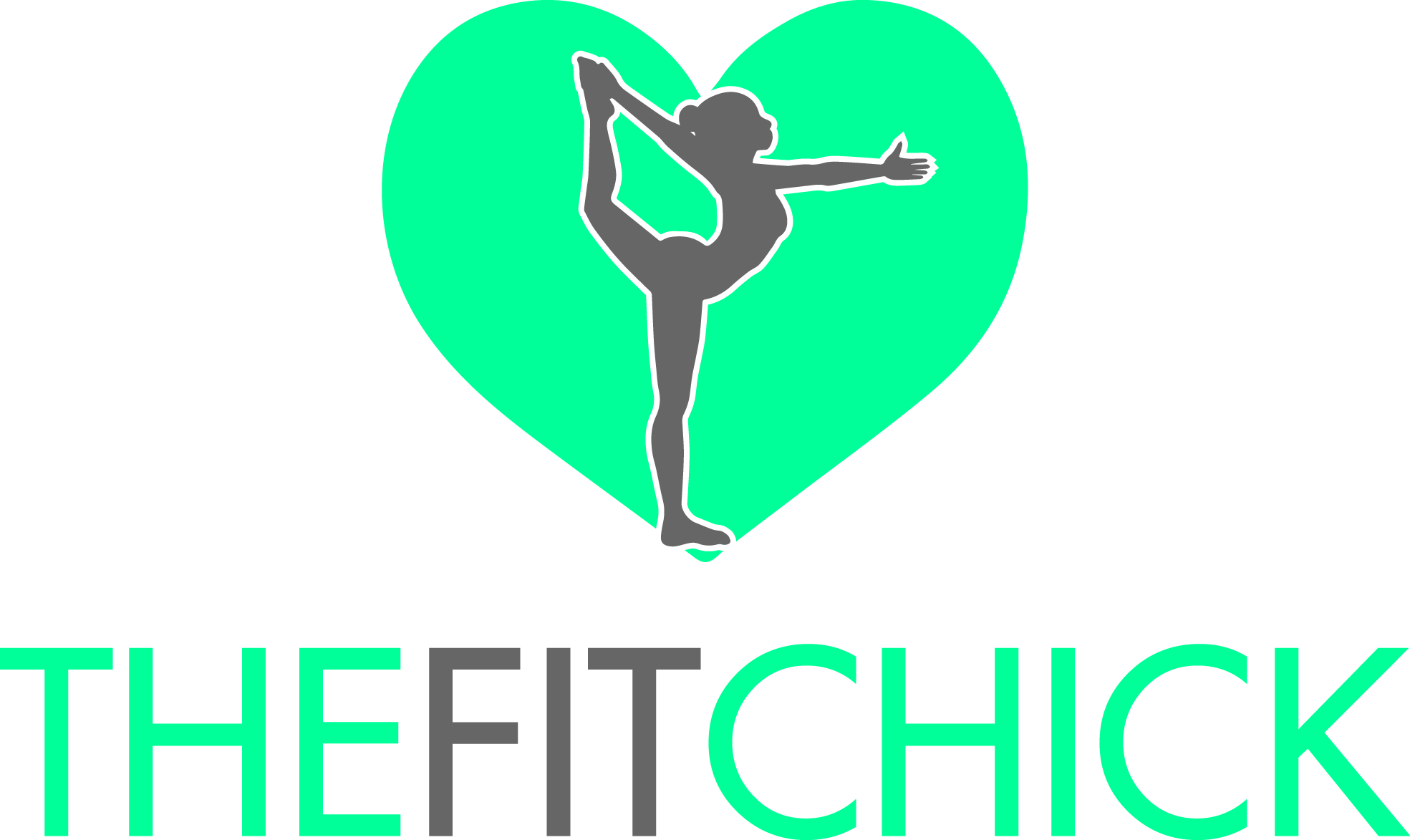In honor of National STOP (the) Bullying Month, we’re discussing bullying and calling it out for what it is – ABUSE.
The very definition of bullying is: abuse and mistreatment.
According to SafeSport USA, 8% of adolescents report being bullied every day.
Every day.
(What about the ones that aren’t REPORTING?)
And it doesn’t just happen with kids.
Bullying carries on into adulthood.
Yes, bullying is found across all types of social interactions- school, workplace, sports, etc.
It’s hard to know exactly how widespread it is into adulthood because it’s not often shared or sometimes it’s not recognized and/or labeled as such. (Moore L., et al. 2013)
I’m by no means in expert in “How to” deal with it but I am a quasi-expert in having experienced it.
If you grew up as I did under the context of abuse (it has many forms), you try to learn to adapt with bullying because as a kid, it’s a survival mechanism; you learn what you need to do and how to act, to get your basic needs met (food, shelter and so on) with as little strife as possible.
As you get older and start “adulting”, you potentially (or completely) overlook new sources of abuse or inappropriate behavior outside of the family structure.
So these bullies take the shape of other people who are in positions of power (i.e., like your supervisors or managers at work) and/or who have an influence over you because of a “closeness” (i.e., like boyfriends/girlfriends/spouse or friends).
It never starts out as “Hey, so… I’m going to eventually be an asshole to you… just a heads up…” They usually start out as nice, giving, charming & complementary.
The CDC Defines 4 Types of Bullying:
VERBAL- Using words, statements or insults in a negative way. For example: name-calling, teasing, shaming, intimidation, threatening
PHYSICAL- Any type of unwanted touch: hitting, kicking, tripping
SOCIAL – Harming others through the manipulation and damage of their peer relationships. For example: spreading rumors, leaving out individuals, embarrassing, ignoring, humiliating stories told
DAMAGE TO PROPERTY – Damaging (or threatening or attempting) to damage someone’s individual property; including taking, hiding, defacing objects
It’s done by people that, in general, feel “low” or insecure, BUT still are socially connected. They may even be popular or at least are visible to others and want to have more attention.
They feel a sense of “difference” between them and the victim. Maybe they feel they’re more talented than them or have a better situation than them. It could also be looks, gender, ethnicity, etc…
The “bully” often twists stories around in group situations, particularly when the victim isn’t present. This is a form of social power or an attempt at trying to obtain social favor/regard/likes.
It’s extreme disrespect.
Bullying has psychological AND physiological effects that are REAL.
It’s “emotional misconduct” and it can be written, verbal, physical. It is acts that deny “support” to another person.
Bullying could be criminal or it could be stalking, as described above. It’s the act itself not necessarily IF (objective) harm was caused or intended. In other words, it’s still abusive behavior whether or not there were damages.
Cyberbullying –
In 2014 – over 25% of juveniles reported cyberbullying thru technology- i.e., social media, texting, email. That was over 5yrs ago.
Girls more likely to be the intended victims. (Patchin et al. 2016)
Online posts or messages are often made, anonymous or not, so that the bully can gain the attention of a (wider) group- Bullies like audiences. And attention.
Stalking –
Stalking is a part of emotional misconduct and bullying when a person PURPOSEFULLY engages in repeated misconduct directed toward another and that causes emotional distress (i.e., fears about safety)
This includes through electronic media or technology- not just *live*/in-person
Bullying by one person to another is hardly ever a “one-of” or one-time incident. It’s usually repeated acts.
It’s this repeated exposure that causes psychological trauma- particularly when it happens to children and young adults. Much like how scientists are investigating the effects of repeated insults to the brain from concussions.
The majority of abuse situations are not by happenstance with random strangers; it’s done by people who are familiar with the person they’re directing the efforts toward.
Oddly enough, it is people that work in the health and social sectors who are at increased risk.
It has been reported that there is a sevenfold risk (7x!!) if you work in those professions – particularly healthcare. And it’s not just by co-horts on the job but by clients or patients dissatisfied with something and decide to air their grievances, valid or not (Waschgler K., et al. 2013).
In a recent study, 85% of nurses reported being bullied. (Florence Health zine 5/10/2019)
And in a survey done by John Hopkins (reported in JAMA 8/2019), 14% of medical residents are bullied on their jobs and directly correlated the abuse to depression, burn out, and other problems
Trainee-type programs in general (not just medical) have reported bullying rates as high as 48%.
And at athletic, sports, team endeavors, 40-50% of people report experiencing it.
Why People (Adults and Kids) Don’t Report Abuse –
Maybe they don’t think anyone will believe them.
Plus, it’s hard to comprehend because on some level, you trusted this person. And we know others did/do too. And remember, abusers spend a lot of time protecting themselves and campaigning how wonderful they are. They are often overly charming and passionate people socially]
Sometimes it’s not reported because we let it go on for a while. And maybe we still think that there will be a positive outcome, or it will change.
And…We’re embarrassed. Or we try and rationalize it and protect the other person especially if there is a personal or professional relationship involved.
Perhaps you have important things going on and you don’t want to be exposed or jeopardize your (own) work, hobby, passion, and disappoint others too.
Exposing it sometimes puts the “victim” puts in a one-down position in their social circle, team, family…etc. They run the risk of losing that social “connection”.
Feeling safe is important not just in sports or work
Suggestions from Experts of What to Do –
First:
- Say “Thanks”, move along and disengage.
That seems counterintuitive when you’re dealing with someone who is behaving nasty, but it’s about YOU being resilient and shutting down the conversation. Recognize that when you engage a person who is hell bent on coming after you, it isn’t going to stop them and it’s actually giving the what they want -attention, entertainment, an audience…
Second:
- Document it somewhere in your personal records, phone, computer…etc. The date/time, person and briefly what happened. Screenshot it if happened online.
- If it continues, ask for it to stop and then document that you did (so).
- Don’t engage it further (see above). Remember that you’re not going to get them to change their mind or to suddenly be nice. You play by the rules, but they don’t.
- Keep emotions out of it.
- If possible, cut off their access to you. However, be careful with “blocking” on social media if it’s someone you know as that may incite them. Look into “restrict” modes.
- If the steps above don’t work or in serious instances, REPORT! If bullies aren’t exposed, they won’t stop. Even if they stop doing it to you, they’ll eventually move on to someone else. The truth is, false reporting is rare.
Everyone deserves to be safe.
And to FEEL safe.
Make no mistake, these things affect your overall health!
—
Any questions?


